Main Menu
- Home
- Products
- Applications
- Product Support
- Service
- Learn
- Product News
- About Us
- Contact Us
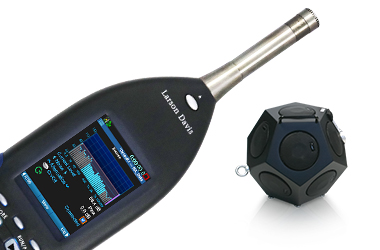
Reverberation time is a key parameter for characterizing the acoustic nature of a room. Reverberation time is defined as the time after the source of the sound has ceased that it takes the sound to fade away. The optimum reverberation time for a space depends on the space’s use, with longer reverberation time considered better for music and a shorter better for understanding speech.
SoundAdvisor™ Sound Level Meter Model 831C-RA, designed with simplicity in mind, offers reverberation time measurement tools compliant with the latest measurement standards for measurement of room acoustics, including ISO 3382-1, ISO 3382-2, ASTM E2235-04, and ANSI S12.2.
Use the included G4 LD Software to visualize reverberation time and room acoustics data. Easily export data to create shareable reports. Measurements are reviewed quickly and easily to identify any questionable decays and exclude them from the final results. RT60 decay times are displayed using both the T20 and T30 computation methods, and reporting includes associated quality indicators.

Want to be more mobile? Wirelessly control reverberation time measurements and view real time results using the LD Atlas app, available for Android and iOS.
Already own a SoundAdvisor Sound Level Meter or System? Add room acoustic tools to your Sound Level Meter without returning it to the factory by adding Model 831C-RA Firmware. Contact our team to learn more.
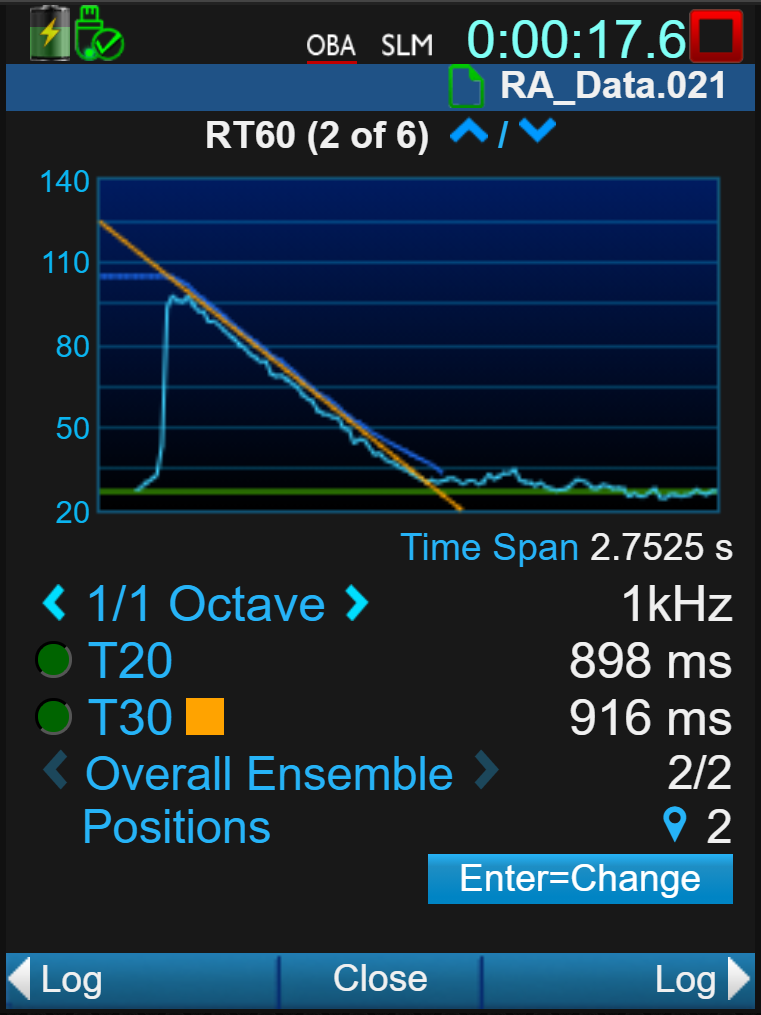
RT60 Decay Curve Display
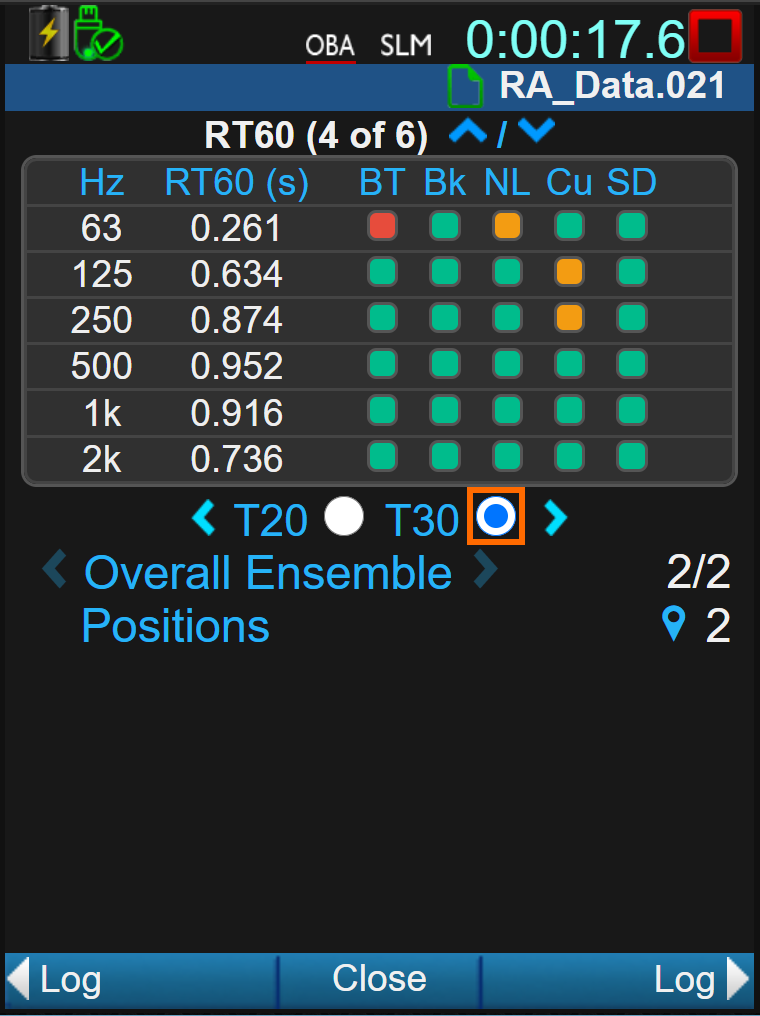
Room Acoustics Measurement Quality Indicators
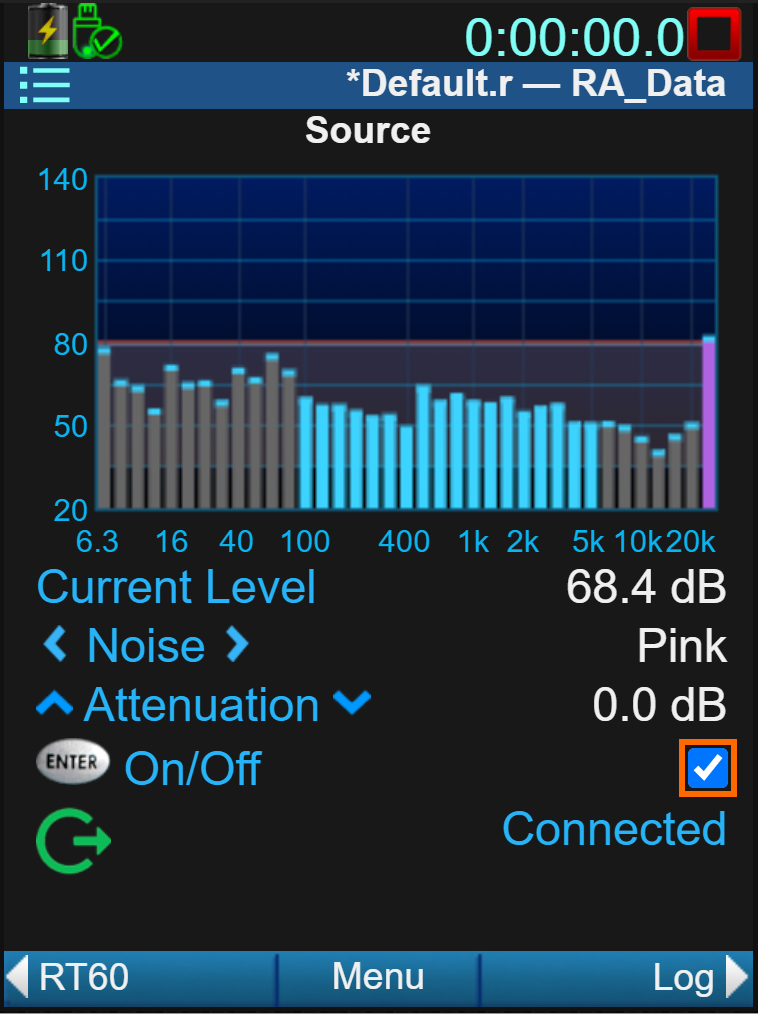
Built-In Noise Source
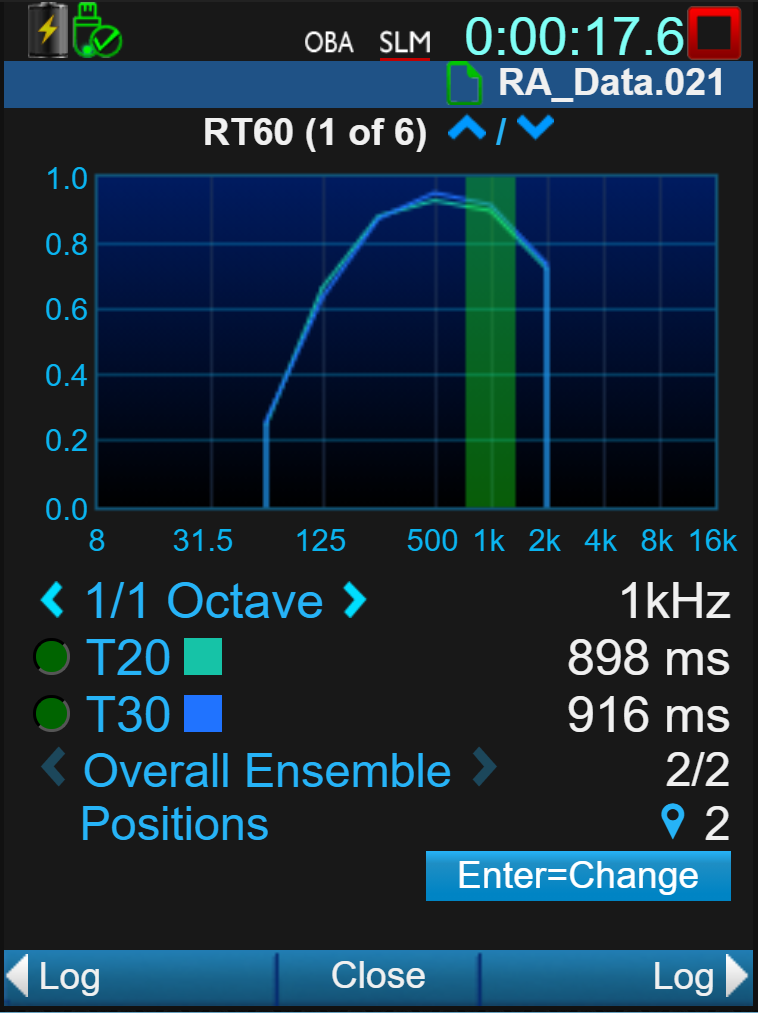
RT60 Spectra Display
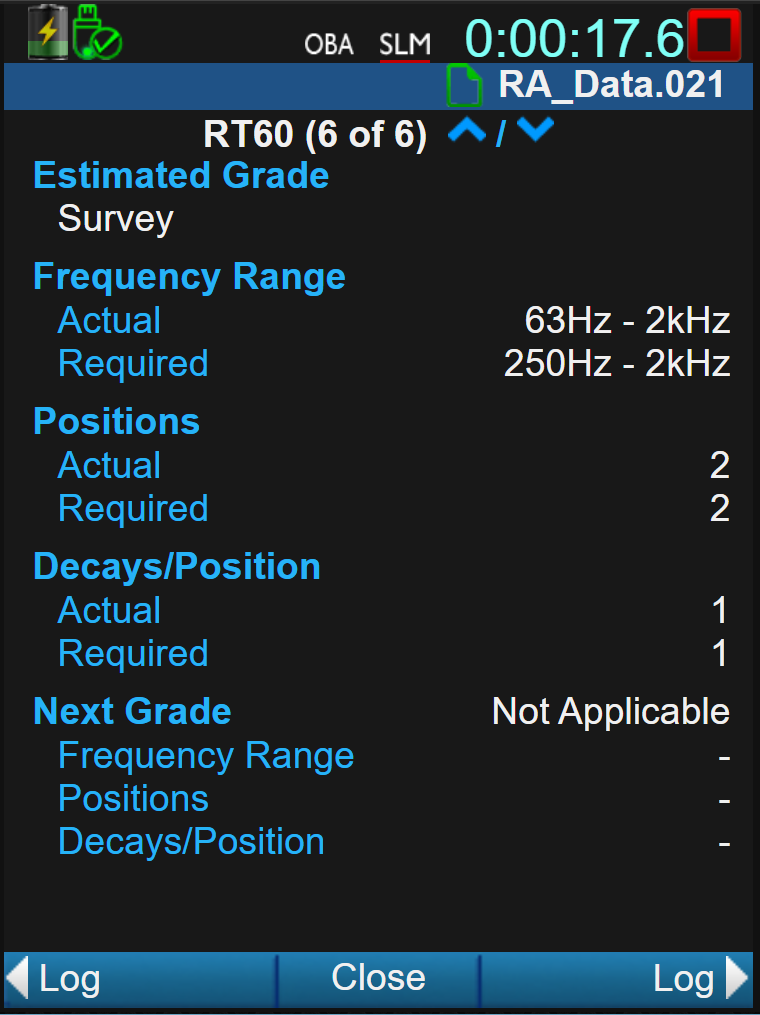
Room Acoustics Measurement Grading
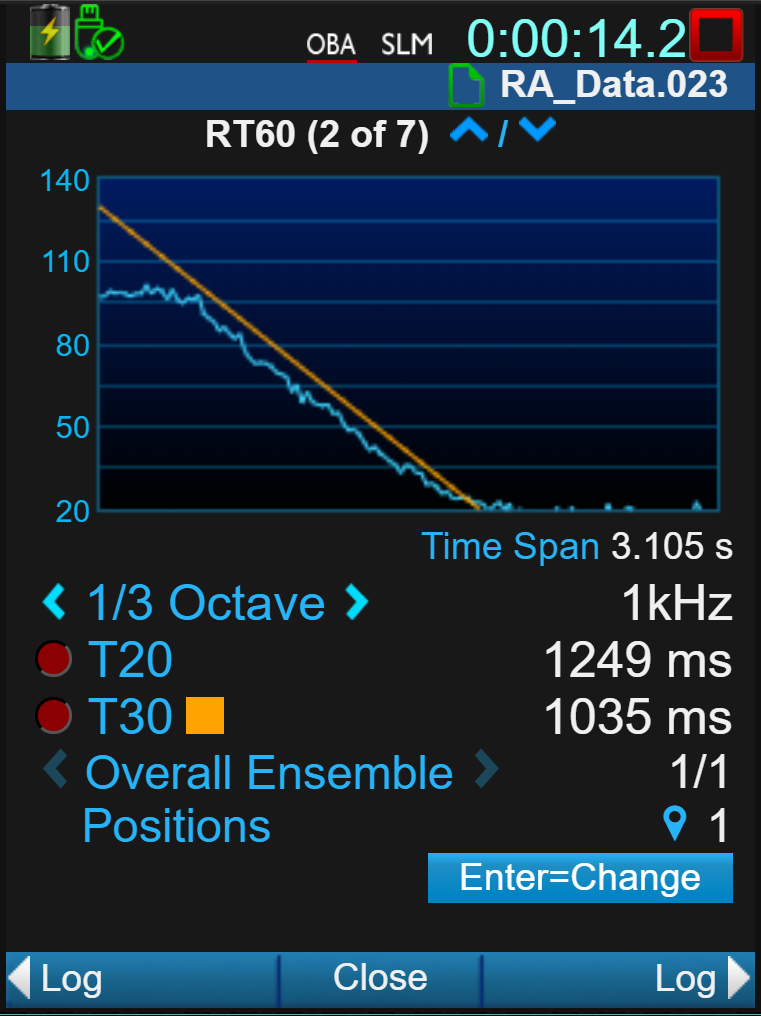
RT60 Decay Using Interrupted Noise Method
| 831C-RA Specifications | |
|---|---|
| 831C-RA Complies with the Following Standards | |
| ISO 3382-1:2009 | Acoustics — Measurement of room acoustic parameters — Part 1: Performance spaces |
| ISO 3382-2:2008 | Acoustics — Measurement of room acoustic parameters — Part 2: Reverberation time in ordinary rooms |
| ASTM E2235-04 | Standard Test Method for Determination of Decay Rates for Use in Sound Insulation Test Methods |
| IEC 61672-1:2002 | Class 1 Electroacoustics – Sound level meters |
| IEC 61260-1:2003 | Class 0 Electroacoustics – Octave-band and fractional-octave-band filters |
| ANSI/ASA S12.2-2019 | Criteria For Evaluating Room Noise |
| Reverberation Time | |
| Calculation Methods Available | Impulse excitation using reverse time integration (Schroeder method) Interrupted noise excitation with internal or external source |
| T20 and T30 slope calculation | Least squares estimation |
| 1/1 octave band | 63Hz to 8 000 Hz |
| 1/3 octave band | 50 Hz to 10 000 Hz |
| Selectable bandwidth | (1/1 or 1/3 octave) and selectable frequency range |
| Trigger bandwidth and level | Selectable |
| Programmable exit time | 0 to 99 seconds |
| Programmable build time (interrupted noise method) | 0 to 19 seconds |
| Programmable acquisition time | 2 to 9 seconds |
| Sampling time | 2.5, 5, 10, or 20 milliseconds |
| Reverberation time | As large as 33 s (19 s acquisition window, with 20 ms sample time) |
| Measurement state | Exit, background, pretrigger, ready, triggered, done |
| Decay viewing | Ensemble and individual |
| Predefined setups available | Impulse and interrupted noise methods |
| Data viewing options | Decay exclude and include |
| Reverberation time spectra | T20 and T30 |
| Quality Indicators to ISO 3382-2 | |
| Measured parameters | Curvature, standard deviation, non-linearity, BT check, and SNR-background |
| Quality indicator options | Ensemble or individual decay |
| Uncertainty grade indicator | Survey, engineering, or precision |
| NC/RC Ratings as defined by ANSI S12.2 | |
| Measured parameters | Noise criterion rating, speech interference level, and room criteria level |
| Computation method | Tangency |
| On-board Signal Generator | |
| Noise generation | Pink or white noise with 0 to 50 dB attenuation in 3 dB steps |
| Generator output | 2.5 mm jack |
| Preview mode | Measurement controlled or manual |
| Data Management | |
| Storage of data on SoundAdvisor™ with or without individual decays | |
| Data export to SLM Utility Software, MS Excel, DNA, and Larson Davis SDK | |
| Sound Level Meter | |
| Requires no other software option | |
| Field upgradable | |
Learn more about Reverberation Time measurements and calculations.